Finally got around to turning lard or tallow into soap. As I had so much rendered beef tallow, making an all tallow soap seemed like a good idea. Soap is fairly easy to make, it is a simple chemical reaction between the fat or oils, the lye and water. You just need to be careful of the lye (caustic soda) as it can burn the skin and gives off some unpleasant vapor during its reaction with the water. Soap made this way is about as natural as you can get . The caustic soda may seem like a harsh additive, but it is neutralized by the chemical reaction and during the curing of the soap. In the past caustic soda was made by dripping water through wood ash. I haven't gone that far in taking the process back to basics but, in theory you could source all the ingredients for soap without buying anything. If you are interested in having a go at making soap there are a lot of tutorials on the net, Lia at Claremont White Dorpers has written a useful one.
We have just had three days of sheep graziers alerts, big winds and rain coming over the alps to us from the south. Always a worry, especially if there are any new lambs. We have a few ewes lambing, contrary to our best laid plans courtesy of an uninvited ram getting through the fence and into the older ewes.
So when I woke up in the night to a howling gale I had time to reflect how the same weather means such different things to us all. The snow fields would be delighted to get such a good start to the season, crop growers relieved at the rain to keep their crops growing and anyone with lambs or shorn sheep would just be anxious. This is the time of year we are glad of the native tussock as it provides good shelter from the wind. Meat and Livestock Australia have an interesting website with frequent updates. If you are a levy payer - someone who sells stock other than privately,( such as the saleyards) a levy is paid to the MLA on all transactions. They use this for research and promotion that benefits the industry.
This week they had a labour saving checklist for sheep farming: Smart management and labour use, starts with a whole-year plan for the sheep enterprise
We have a small tree in the yard that produced fruit each year but we had no idea what it was. Last year it was finally revealed that it is a medlar. Related to the pear and quince, it is cold and frost tolerant ( I guess that is why it has survived here). The fruit is picked in early winter, after a frost, and left to ripen. Ripening involves waiting until the fruit begins to rot - this is know as bletting one's medlars. Once the medlar has reached this stage it is ready to cook into beautiful medlar jelly. The flavour is described as very dry grated apple, with finely chopped dates added, and a dry red wine to add an astringent tinge. Medlar Jelly Recipe
Sheep that are newly shorn,( up to six weeks), and young lambs, are particularly vulnerable to wet, cold and windy conditions when occurring simultaneously.
These are the conditions which result in a sheep graziers alert being issued. Losses of 50% to 70% can, and have occurred in flocks in the past. The most important thing to guard against this, is to provide shelter, we have found that as unproductive as Poa tussock is, it provides a very effective windbreak for the young lambs. Tree lines and slopes where the sheep can shelter on the leeward side, are also beneficial . Here on the Southern Tablelands, graziers alerts seem to be able to occur at any time of the year. Research has also shown, that both sheep and cattle, put on more weight, when provided with shade during the hot summer months. So when planning your paddocks it is well worth considering these issues. A friend of ours was having a steer killed by a travelling butcher, and I asked her if she could save the fat. I use the fat to make our own soap with olive and rice bran oil. True to her word the fat was saved and I went to pick it up - four garbage bags of the stuff, must have weighed about 40 kg. Then the big job started, rendering the fat, it takes hours and smells (the wood stove really comes into its own with this job).The fat is cut up into smaller pieces and put in a baking pan in the oven, as it melts, it is poured off into another container to settle. The melted fat is then heated again, strained, and allowed to settle again (so any impurities sink to the bottom). The top is then ladled off into clean containers leaving white fat for making the soap.
|

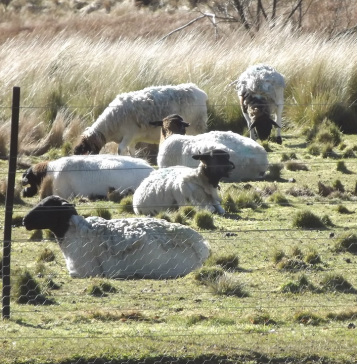
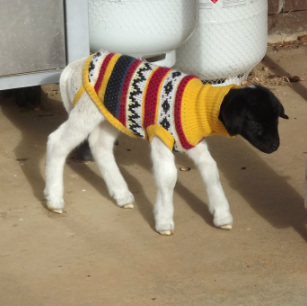
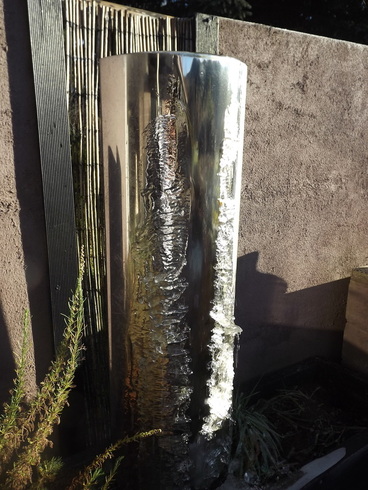
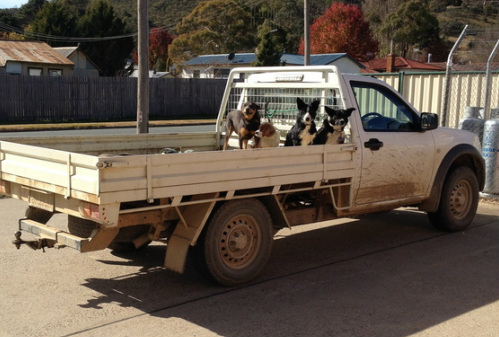
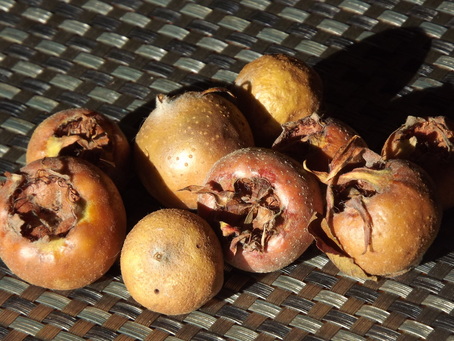

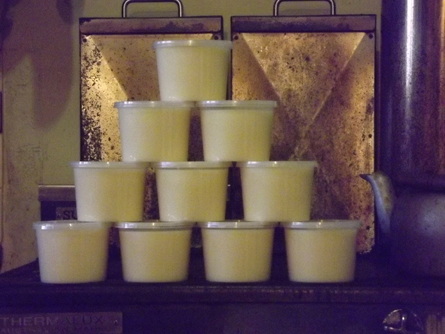
 RSS Feed
RSS Feed